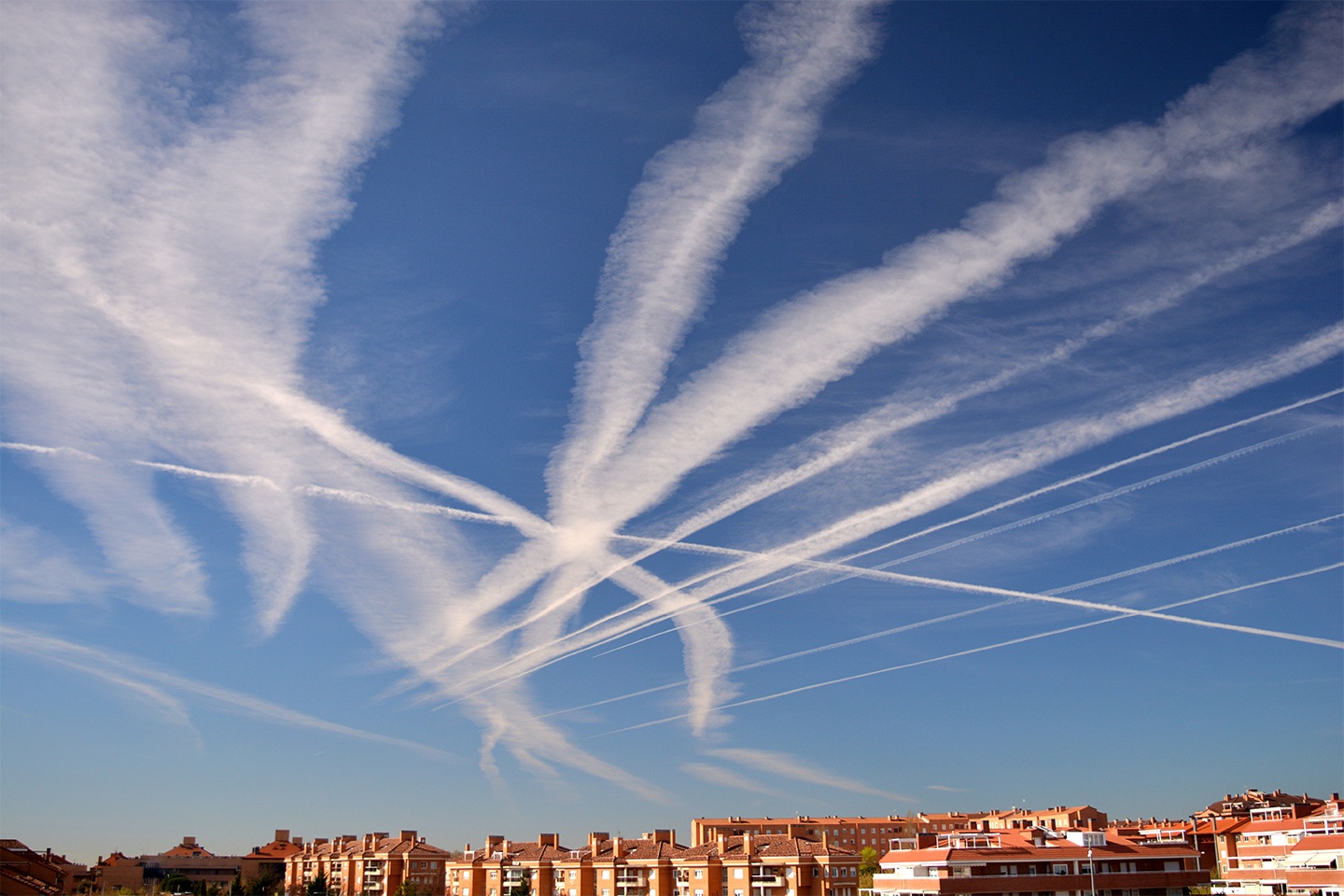By Keith Walsh
In drought-stricken California, the winter season starting in late 2022 and ending in early 2023 was predicted to be mild, with La Niña conditions. In other words, meteorologists expected little rain to alleviate the persistent drought that has plagued the southwestern United States for decades.
Then the unexpected happened: historic rains fell upon Southern California from December 2022 to March 2023. It shouldn’t have been a surprise, however – cloud seeding efforts get the credit for this bounteous precipitation.
From July 2022 to April 2023, 86 percent of California regions presented with an average rainfall of 141 percent. Only 7 of these regions were below 100 percent, with many of the other 45 exceeding 150 percent and several above 200 percent over normal inches of rainfall. https://ggweather.com/seasonal_rain.htm
Scientist are hesitant to claim that human-made weather modification can solve drought entirely, but there seems to be a correlation between cloud seeding efforts and the heavy rains in California. In the past couple years, states in the western U.S. have accelerated seeding efforts, according to a report from the Yale School Of The Environment.

General Electric?
Rainmaking was first observed in 1946 when scientists at General Electric dropped dry ice into clouds, causing snow to fall. Precipitation enhancement, as it is sometimes called, takes a variety of practical forms. There’s the spraying of water into warm clouds, putting dry ice into clouds, and the insertion of crystals, sometimes silver iodide crystals, into cold clouds. (Cited from https://www.sciencedirect.com/topics/earth-and-planetary-sciences/precipitation-enhancement)
Cloud seeding is a fine are, dependent on the size and type of clouds, as well as the amount and type of modification. For some public policy information on how cloud seeding is implemented in Santa Barbara, California, check out this article from the county’s public works department.
For info on how California policy makers are adapting to the flooding and excesses of water following the historic rainy season of 2023, check out this article from the New York Times.
(Chemtrail heading image by Franciscopgr at Adobe Stock dot com.)
finis


Very interesting!